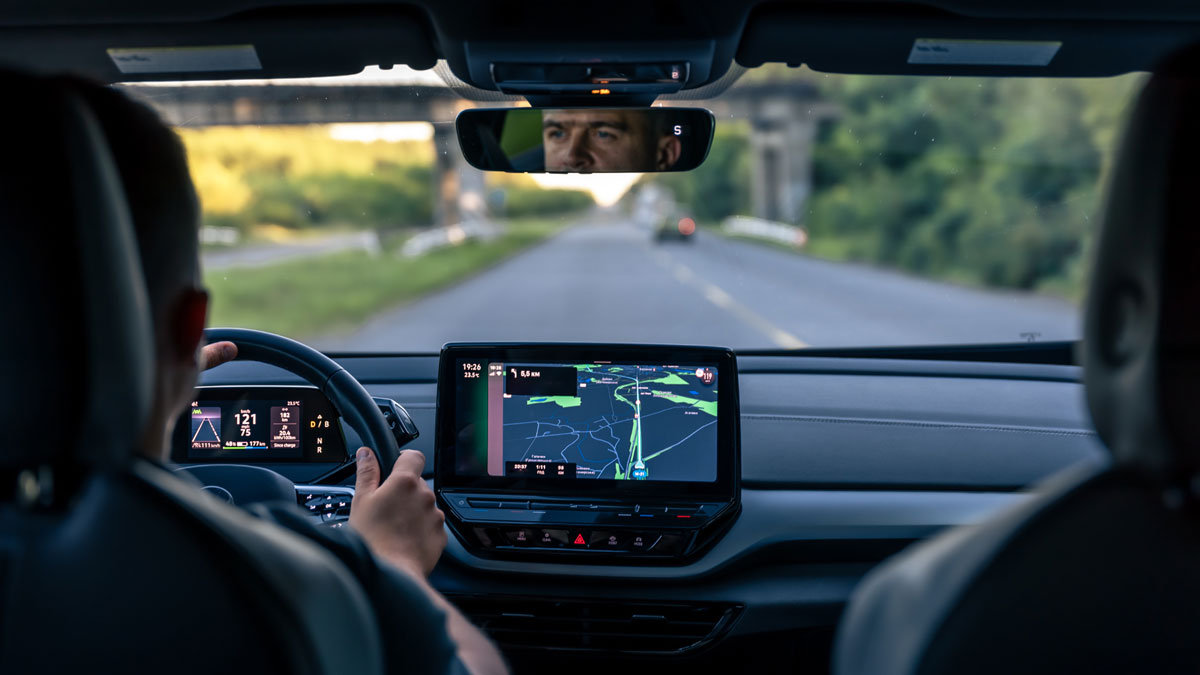Traveling is often about exploring new destinations, savoring unfamiliar cuisines, and immersing oneself in different cultures. But what if you could go beyond just sightseeing and take away something even more valuable from your trip—a new skill that not only enhances your experience but also connects you with the local culture? Cultural immersion through learning new skills while traveling has become a growing trend, offering travelers the opportunity to enrich their journeys in unique and meaningful ways. Here’s why this approach to travel is worth considering and how you can incorporate it into your next adventure.
What is Cultural Immersion?
Cultural immersion refers to deeply engaging with the traditions, customs, and way of life of a foreign destination. It’s about more than just observing—it’s about becoming a part of the local community and understanding the culture through direct experience. While many travelers focus on sightseeing or relaxing during their trips, those who engage in cultural immersion learn first-hand from local people and their practices.
A truly immersive experience goes beyond typical tourist activities. It’s about connecting with the destination through activities that involve skill-building, and often, these skills are deeply rooted in the local culture. Learning to cook a traditional dish, crafting a piece of art, or mastering a regional dance or sport are just a few examples of how you can dive into a culture while gaining a new ability.
Why Learn a New Skill While Traveling?
- Deepen Your Connection to the Culture
When you immerse yourself in learning a local skill, you gain insights into the traditions and history of the place you’re visiting. Whether it’s learning to make pasta in Italy or weaving textiles in Guatemala, you’re not only acquiring a new skill—you’re also understanding the importance of that practice within the community. It becomes a deeper connection to the place, helping you appreciate the local culture from a more intimate perspective.
- Create Lasting Memories
The memories you create while learning something new are often more meaningful and personal than those you collect as a passive observer. The satisfaction of mastering a new skill—whether it’s striking the perfect yoga pose in Bali or learning a few words of a local language in South America—becomes a part of your travel story. Years later, when you use that skill back home, it’ll remind you of the place where you learned it and the people who taught you.
- Meet New People
Learning a new skill often means interacting with locals who are passionate about their craft. Whether it’s a pottery class, a cooking workshop, or a dance lesson, you’ll be meeting others who can share their expertise, stories, and personal connections to the practice. These interactions not only help you learn but also build bonds that are often the highlight of a trip.
- Support Local Economies and Traditions
By choosing to learn a skill while traveling, you’re supporting local artisans, chefs, or instructors who are preserving traditional practices. Many of these crafts are passed down through generations and are at risk of being lost in the face of modernization. Participating in these activities helps sustain cultural heritage and supports the local economy in a sustainable way.
- Personal Growth and Enrichment
Traveling offers ample opportunities for personal growth, and learning a new skill while abroad can challenge you in ways that go beyond physical sightseeing. You might have to step out of your comfort zone, develop patience, or improve your focus. The process of learning something unfamiliar will help you grow both as a traveler and as an individual.
Popular Skills to Learn While Traveling
- Culinary Skills
Food is a universal connector, and many travelers find that the best way to learn about a culture is through its food. Take a cooking class to master local dishes and bring home not only the recipes but the stories behind them. In Thailand, you can learn to prepare authentic green curry, while in Mexico, you can try your hand at making tamales. Participating in these culinary traditions helps you understand the importance of food as a cultural expression.
- Artisanal Craftsmanship
Whether it’s pottery in Greece, weaving in Peru, or woodworking in Morocco, local artisans are eager to share their skills with visitors. These experiences give you the chance to create a handmade souvenir while learning about the artistry and craftsmanship that has been honed over centuries. The hands-on experience of working with clay, fibers, or wood can be immensely rewarding.
- Traditional Dance or Music
Music and dance are central to many cultures, and participating in local traditions is a great way to immerse yourself in the culture. In Cuba, you can learn salsa or mambo, while in Bali, you might try a traditional Balinese dance. These lessons are often joyful and fun, and they allow you to connect with the rhythm of the local community.
- Language Learning
Even a few words of the local language can enhance your travels and open doors to deeper cultural experiences. Language immersion is not just about vocabulary—it’s about understanding the nuances and customs of how a community communicates. You can sign up for a language course in a country where the language is spoken, or you can practice with locals in cafes and markets.
- Adventure and Outdoor Skills
If you’re looking for something more active, many destinations offer unique outdoor activities that allow you to learn a new skill while enjoying the landscape. Whether it’s hiking and rock climbing in the Swiss Alps, surfing in Hawaii, or kayaking in New Zealand, these outdoor experiences are as much about skill-building as they are about exploring the great outdoors.
- Wellness Practices
Many travelers seek relaxation and rejuvenation while abroad, and learning a wellness practice can be a great way to achieve that. You could try yoga in India, meditation in Nepal, or traditional healing therapies in Costa Rica. These practices often have spiritual and cultural significance, allowing you to connect with a destination in a holistic way.
How to Find Cultural Immersion Experiences
- Research Local Opportunities
Start by researching the places you’re visiting and look for classes or workshops that focus on local crafts or practices. Many tourist boards, cultural centers, and local businesses offer cultural experiences for visitors.
- Use Travel Platforms
Platforms like Airbnb Experiences or Viator offer a range of cultural workshops and lessons led by locals. These platforms often have reviews from previous travelers, helping you find the best experiences in your destination.
- Engage with Locals
Once you arrive, ask locals for recommendations. Whether it’s a chef, a shopkeeper, or a fellow traveler, personal recommendations often lead to the most authentic and rewarding experiences.
Conclusion
Learning a new skill while traveling isn’t just about gaining expertise in something new—it’s about enriching your travels, deepening your understanding of the world, and forging connections with the places you visit. From mastering a dish to understanding an art form, cultural immersion offers a way to not only witness a culture but to be part of it. So, the next time you travel, consider how you can engage with a destination beyond its tourist attractions and walk away with a skill that will last a lifetime.













